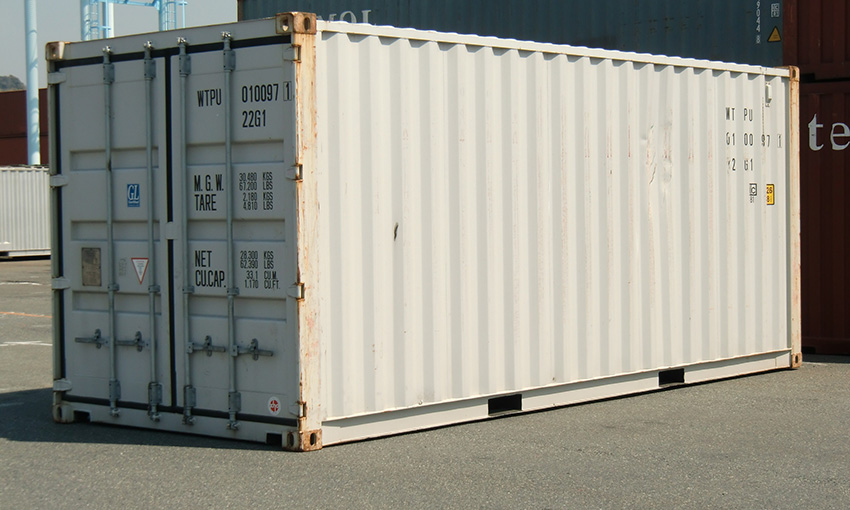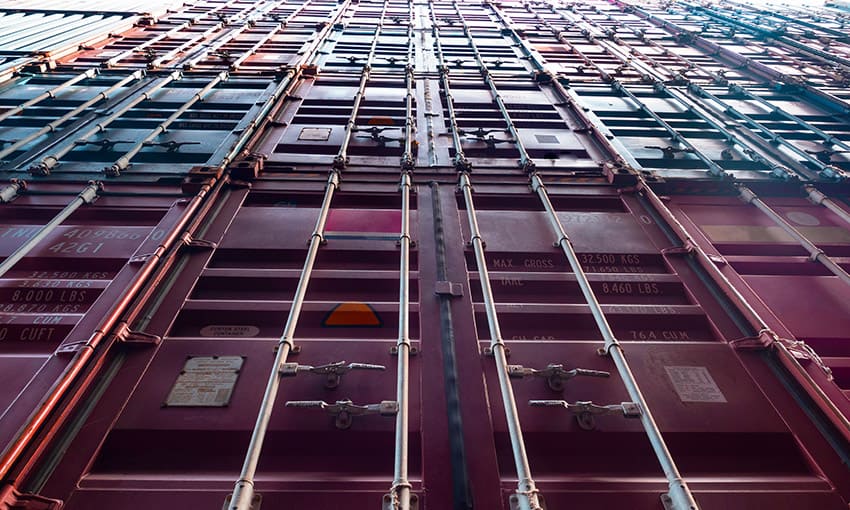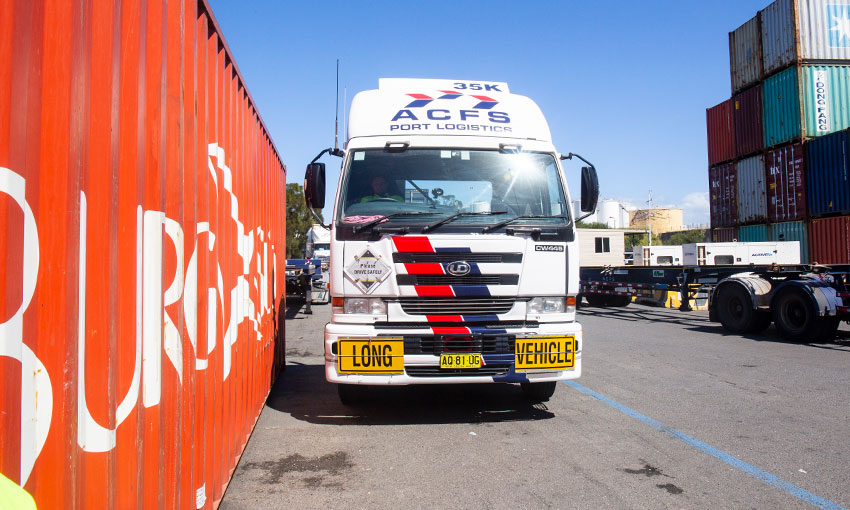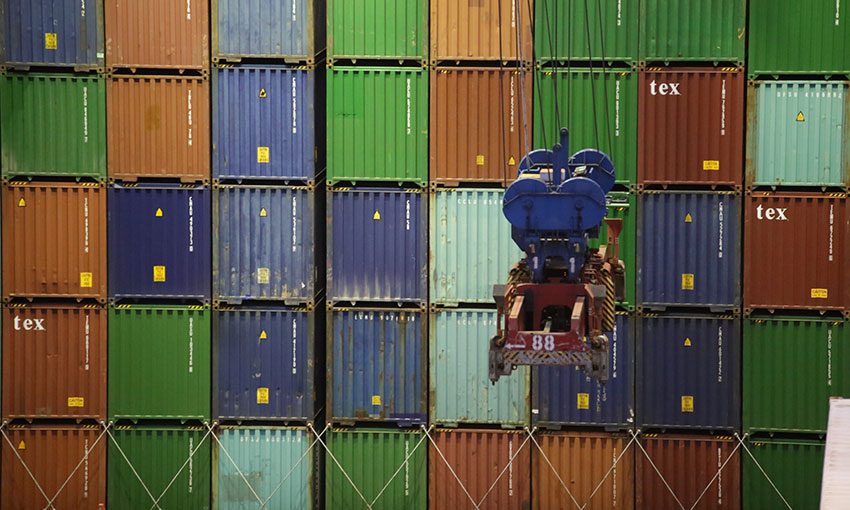THE 20-foot dry freight container is not going anywhere, according to maritime research consultancy Drewry.
A-footer a contraction in output of newbuild 20-foot shipping containers in 2021, ordering has recovered strongly this year. Contrary to popular opinion, Drewry expects its share of the global container equipment fleet to remain above 25% for the foreseeable future.
Although the standard 20-foot dry freight container has seen its share of the global equipment pool decline over the past decade, the consultancy believes its role in the fleet is secure.
This year has seen production of the unit increase significantly with orders, particularly from ocean carriers, robust, according to Drewry.
“This will come as some relief to many beneficial cargo owners concerned at the limited availability of 20-foot boxes over the past two years, which has led some to wonder if the equipment type might be on the way out,” Drewry said in a market analysis.
“In the first eight months of the year manufacturers based in China, which account for over 96% of global output, produced close to half a million TEU, which was up almost 64% year-on-year and 35% on the corresponding period in 2020. Drewry expects output for the full year to total at least 900,000 TEU, up from just below 560,000 TEU in 2021.”
In terms of buyers, transport operators, including ocean carriers, and traders were responsible for an estimated 72% of deliveries made in the January-August period of 2022 with the units needed for both replacement and expansion purposes, Drewry said.
Meanwhile, the demand for new 20-foot containers for non-trading purposes, most notably in the static storage sector, remains robust as existing companies expand their operations and new players are attracted into the business.
“While the sharp increase in the production of 20-foot containers this year is partly related to some under-ordering last year as lessors and ocean carriers focused their purchasing activities on 40-foot high-cube containers where there was a global shortage, the demand factors for 20-foot containers remain sound,” the consultancy said.
“There are several industries where due to the nature of cargo moved – heavy and dense – 20-foot containers are more appropriate to use and where companies have built their supply chains around this type of equipment. Ocean carriers, in particular, need to ensure that they have the inventory to satisfy these accounts, many of which are long-time customers of theirs.
“Arguably, for lessors, the 20-foot box is less marketable and, potentially, faces longer off-hire periods. Hence their purchasing of this size of box is expected to decline.”
Meanwhile, and as mentioned above, the demand for 20-foot containers in the non-maritime trading arena is strong and expanding and this will encourage traders to order more of these units.
Consequently, Drewry expects the 20-foot container’s share of the fleet to remain stable over the next five years with the unit accounting for at least 26% of standard dry containers in service. And given the upside potential there is the prospect that this share will increase rather than decrease over the forecast period.





